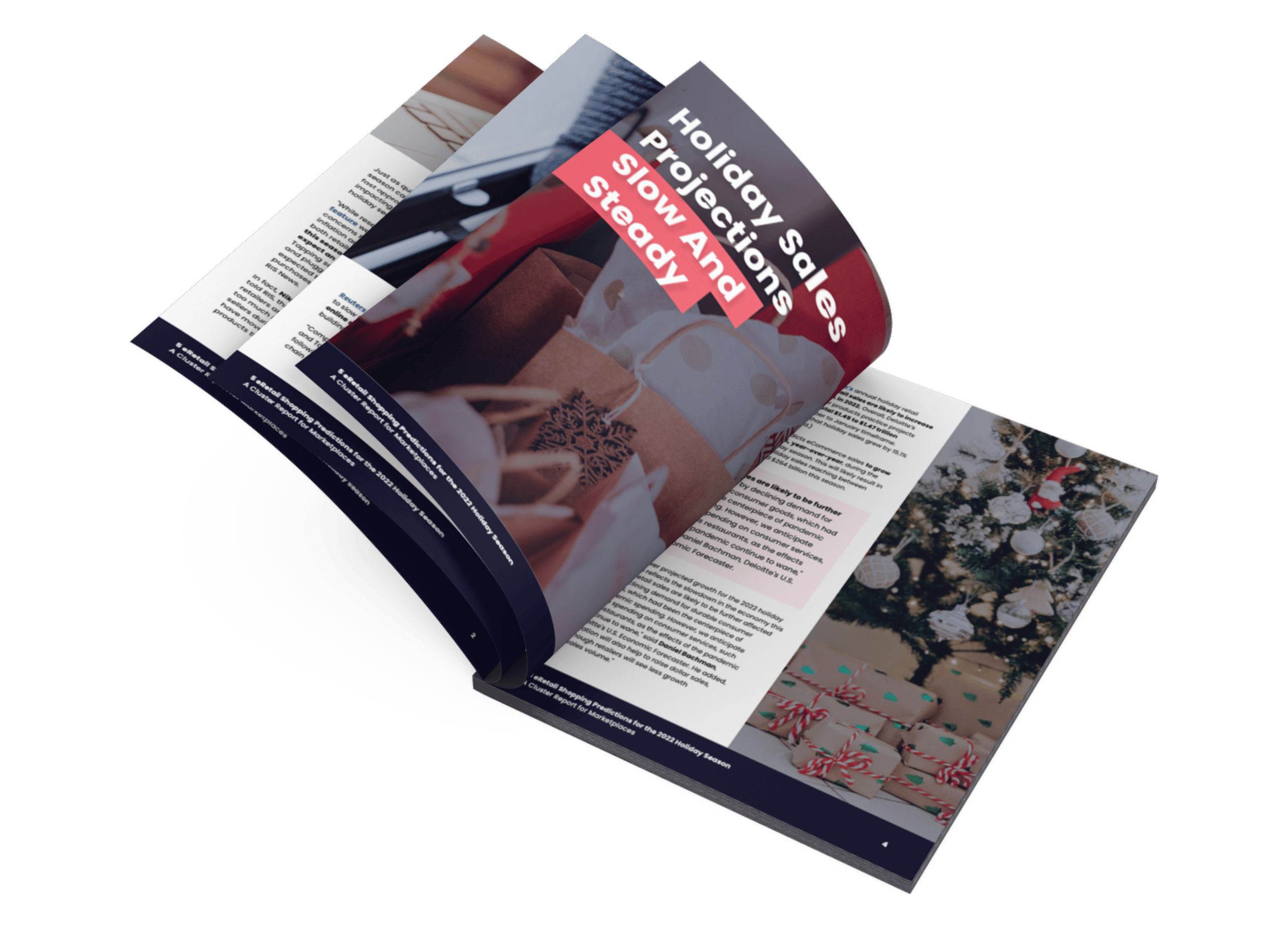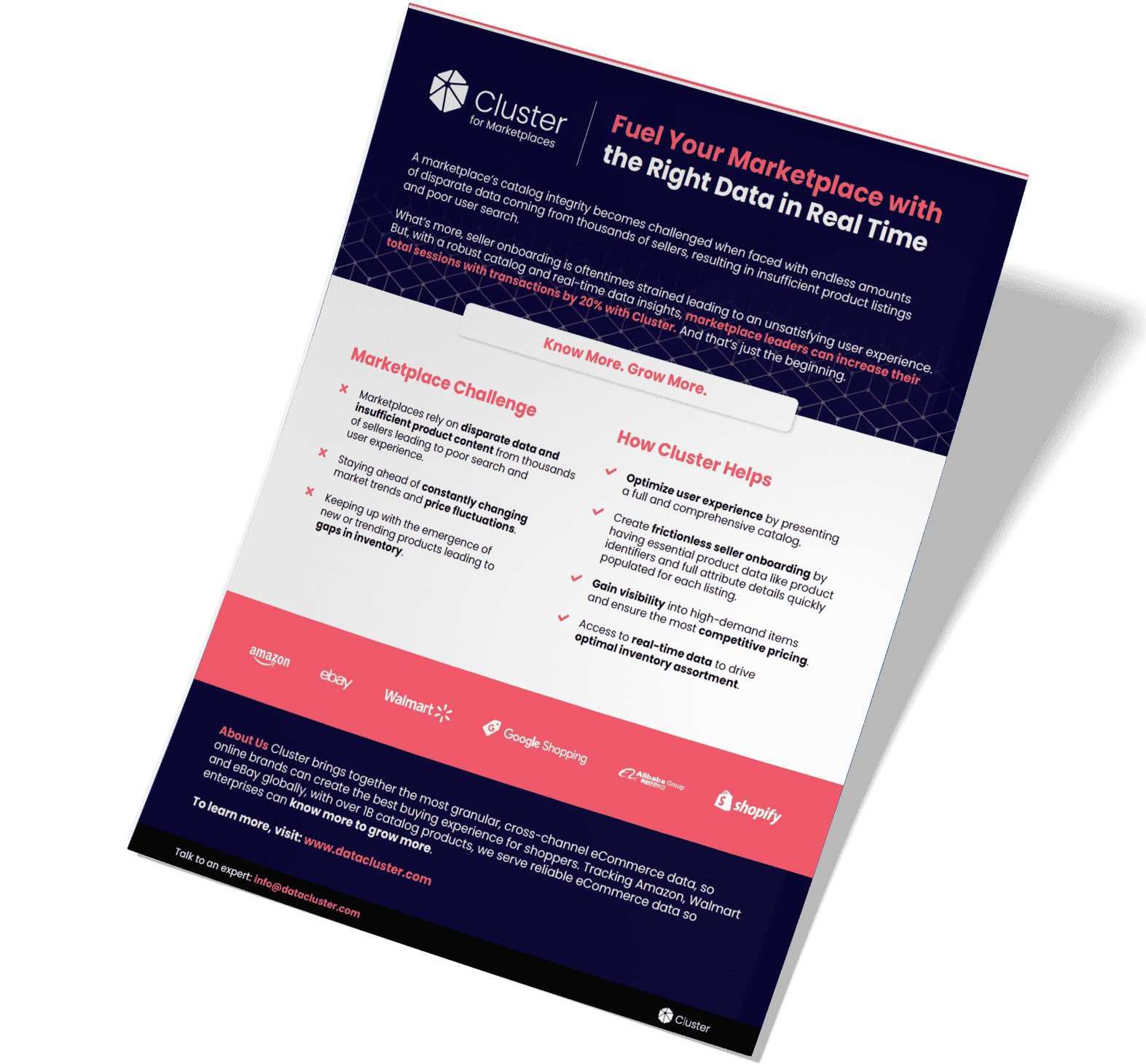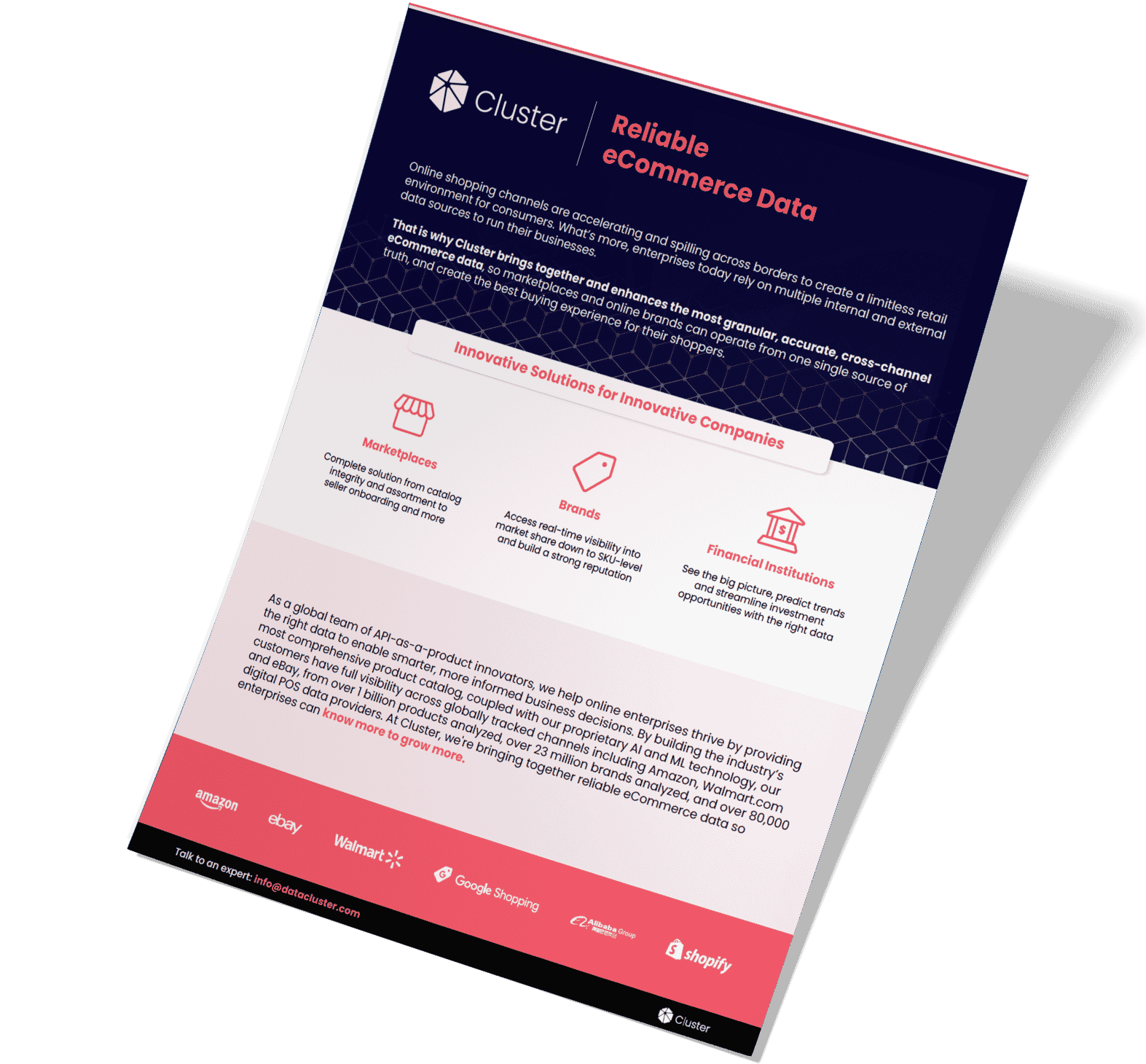Optimal Assortment
Find the Right Mix of Products to Accelerate Growth
Shoppers expect to see new merchandise when visiting a site or store at 69% (source: Salesforce). And, marketplaces now account for half of all online shopping conducted by ‘power shoppers,’ or consumers that shop online once a week or more. Finding the optimal assortment to keep up with these fast-paced consumer demands is critical, so how can marketplaces:
- Present more relevant products consistently
- Increase the add-to-ratio including opportunities to upsell and cross-sell
- Identify and deliver new products fast
Cluster helps marketplaces identify the brand or category gaps that may be missing from your site, by looking at product data across channels to convert those sellers that can deliver needed products quickly and efficiently. And, we offer two service models (full-service and self-service) that address your assortment needs.
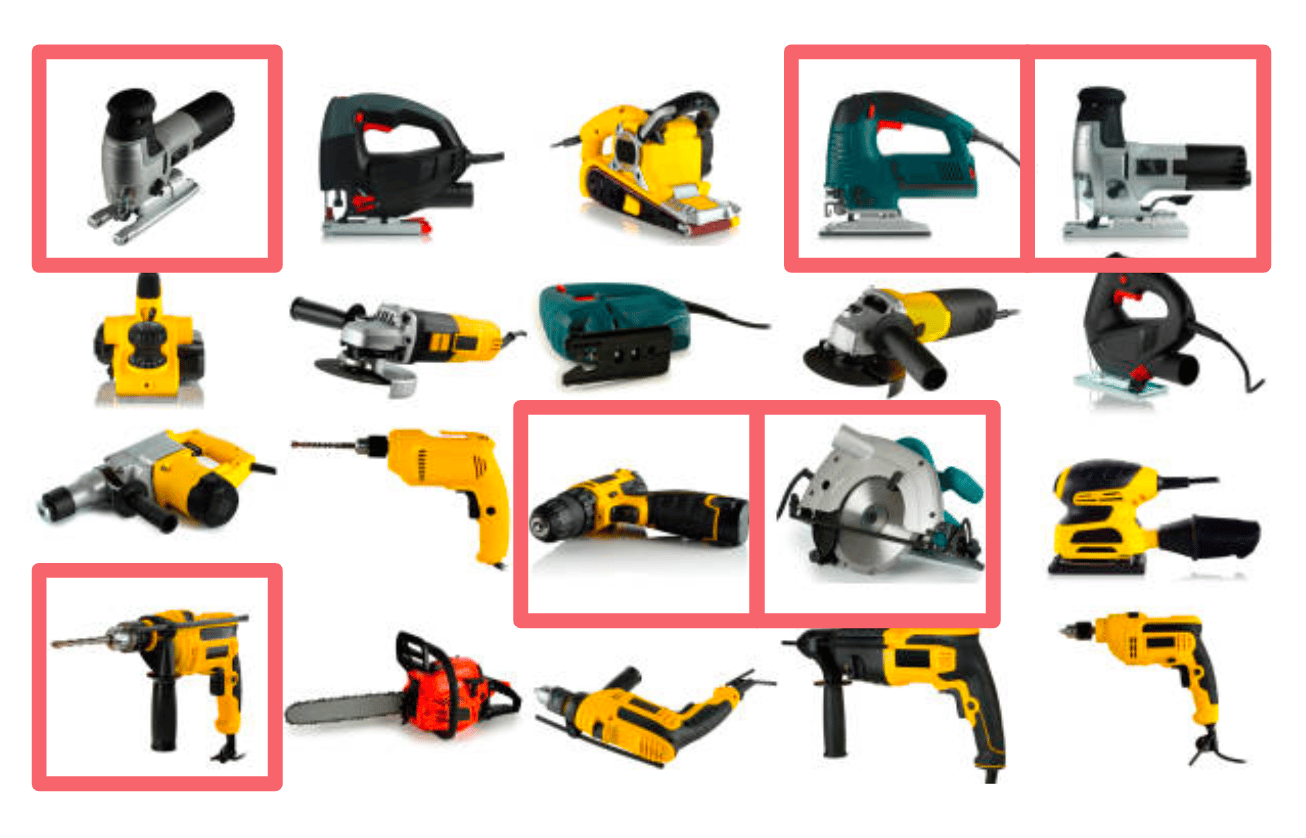
Industry Types

Marketplaces
Complete solution from catalog integrity and assortment to seller onboarding and more

Brands
Access real-time visibility into market share down to SKU-level and build a strong reputation
Full-Service Model
Set a data delivery schedule including which services are required for the full year (assortment gap analysis service is standard, with product attribution, seller identification, seller store analysis and seller intelligence as optional services). Data can be fed directly into a CRM if API access is provided.
Self-Service Model
Get access and integrate our APIs directly to determine what best-selling products or categories have a high GMV from reputable sellers on other platforms, to then locate and convert them to your online store. Plus, run seller intelligence API to retrieve business contact details for those reputable sellers.
Why Clusterfor Optimal Assortment?

Full Visibility
With 2B+ products in the catalog, multiple channels tracked including Amazon, eBay, and Walmart.com, marketplaces and brands can look at the full eCommerce landscape to see what opportunities may be missing.

Boost Sales
Present the most relevant and high-demand items to shoppers, with the most robust product data to quickly convert more sales at scale.

Identify Gaps
Retrieve the best-selling products or categories you may be missing from your marketplace from the most reputable sellers, and onboard them seamlessly all in one solution.

Build Reputation
Accelerate sustainable growth by pleasing shoppers with trending and best-selling products from reputable sellers, with complete product information, and keep them coming back time and time again.
Best Practices for Optimal Assortment
- Marketplaces need to look externally across the eCommerce landscape (across channels and locales) in order to determine what items might be missing from their catalogs. It is recommended to run an assortment gap analysis (workflow pictured below) to determine what best-selling products or categories have a high GMV from reputable sellers on other platforms, to locate and convert them to your online store.
- Once the products or categories are identified, marketplaces should then go first to current sellers who can easily add items to your catalog that are successful on other channels as a warmer conversion, and finally run a seller intelligence report to identify and fetch contact details to reach out and convert those new reputable sellers.
Get Product Collection
Download category

Product Analysis API
Analyze product GMV

Product Listings API
Identify sellers by product

Product Listings API
Identify sellers by product
Technical Overview
Product Analysis API
To identify the products in all markets and retrieve GTIN

Product Listings API
To get the full list of products available by the seller
Seller Intelligence API
To retrieve seller contact details (coming soon, current report is delivered via CSV).
FAQs
As the saying goes, ‘you don’t know what you don’t know.’ In other words, marketplaces need to look beyond just their four walls to see what high-demand or best-selling items might be missing from their catalogs. By running an assortment gap analysis to find the right mix of products, marketplaces can then use Cluster data to identify the sellers of those items or categories and upload them quickly to their sites.
When it comes to finding new leads for any business, the challenge always lies within converting those leads. A cold call or email just won’t cut it anymore. By running an assortment gap analysis first, online enterprises can figure out the lowest hanging fruit first – in other words, they can first go back to their current reputable sellers and ask them to onboard new items that may be generating sales successfully on another channel. Essentially, this is a warmer lead since those sellers are already familiar with your platform. Then, by using Cluster data, customers can reach out to those top-sellers with a compelling reason so it’s hard for them to say no to joining your marketplace. With more robust data, the lead-gen process, all the way to onboarding becomes much more streamlined and all in one offering.
By leveraging APIs to find the right mix of products, enterprises can achieve more sustainable and scalable growth. By retrieving the data and being able to perform their own analysis and actions, enterprises have the flexibility to find out what products or categories work best for them (especially if they have a niche marketplace, for example DIY). By knowing what’s going on across the entire eCommerce landscape, enterprises can analyze their competition and make adjustments in real time to keep up.
Learn More
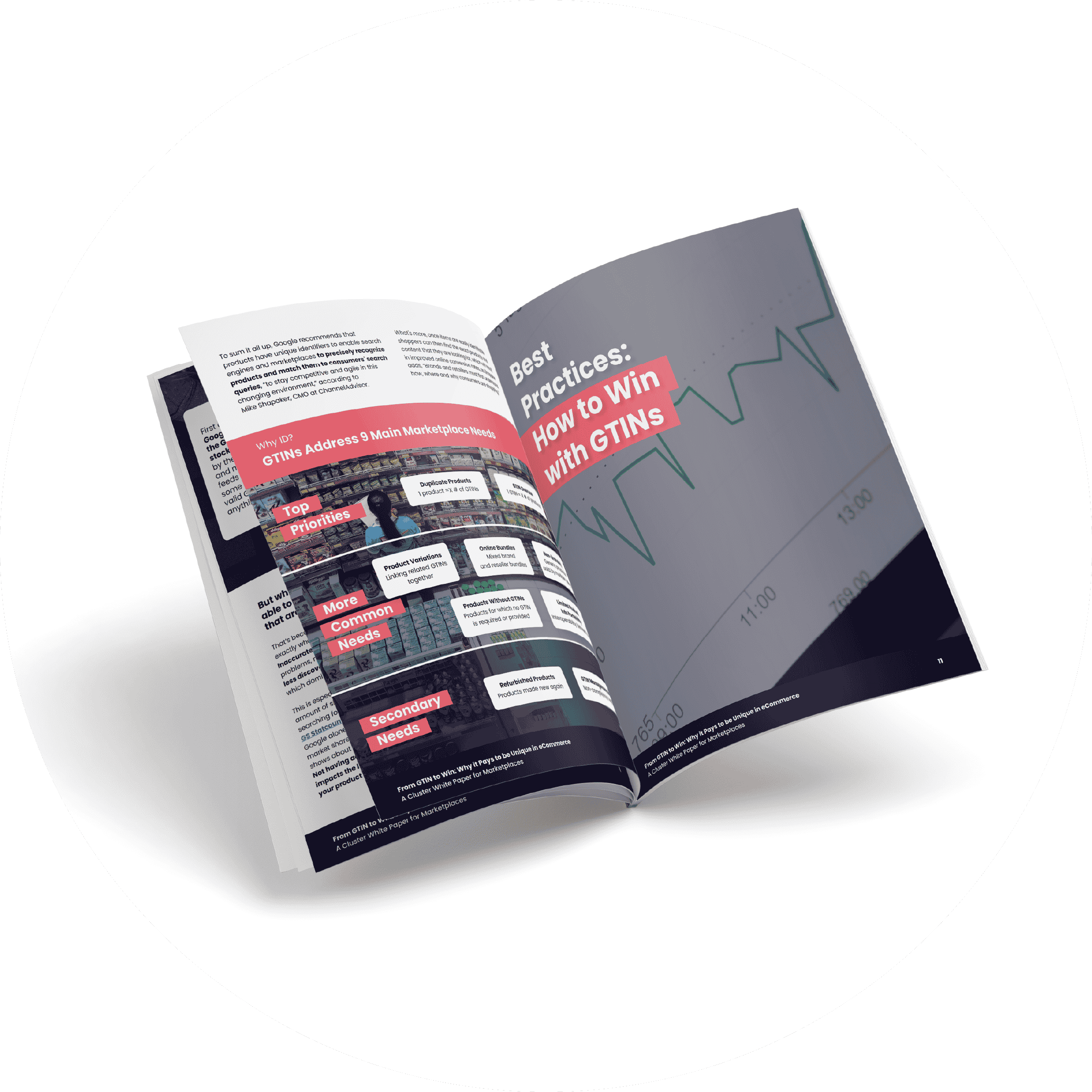
The Complete Guide to Marketplaces Success
White Paper
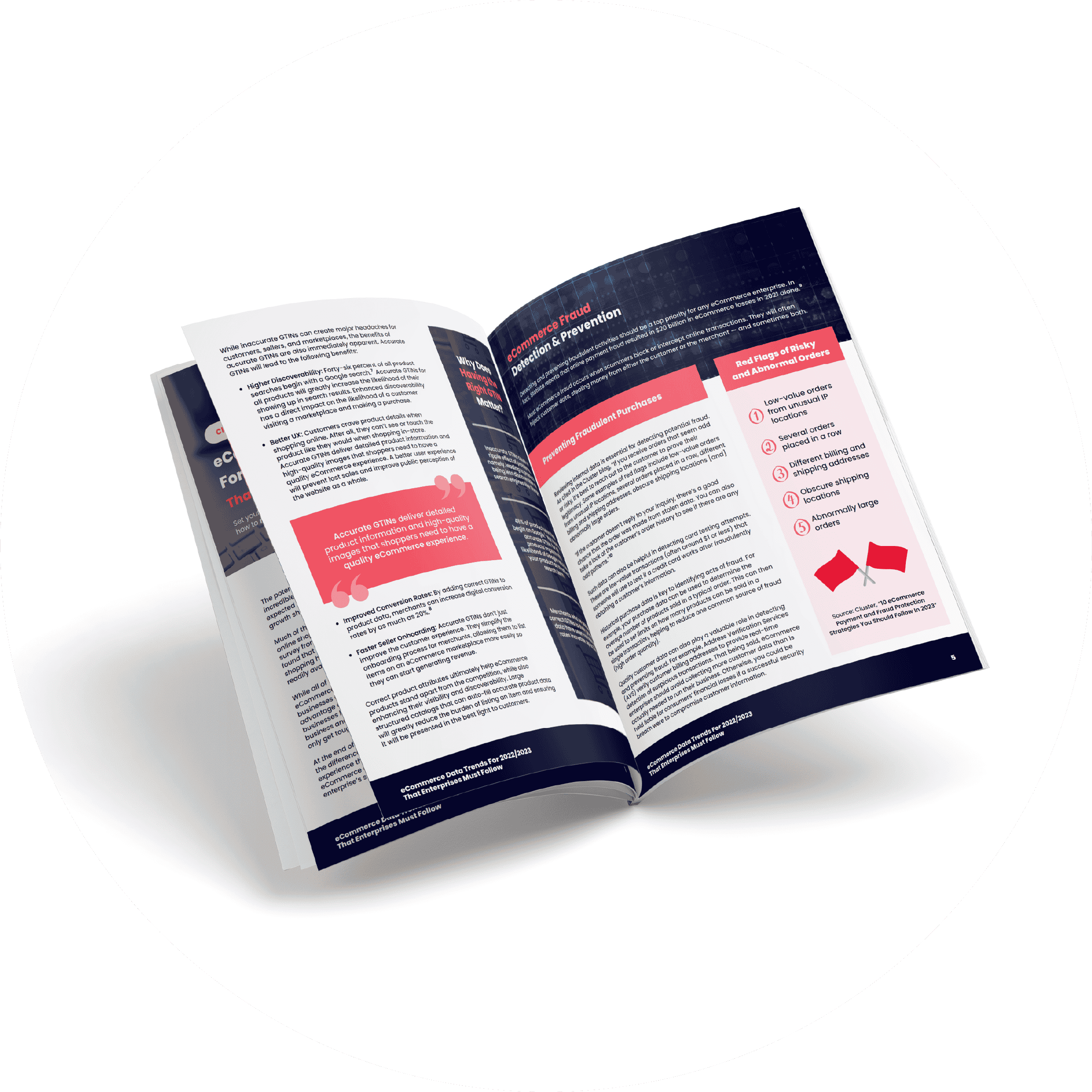
eCommerce Data Trends
Report

